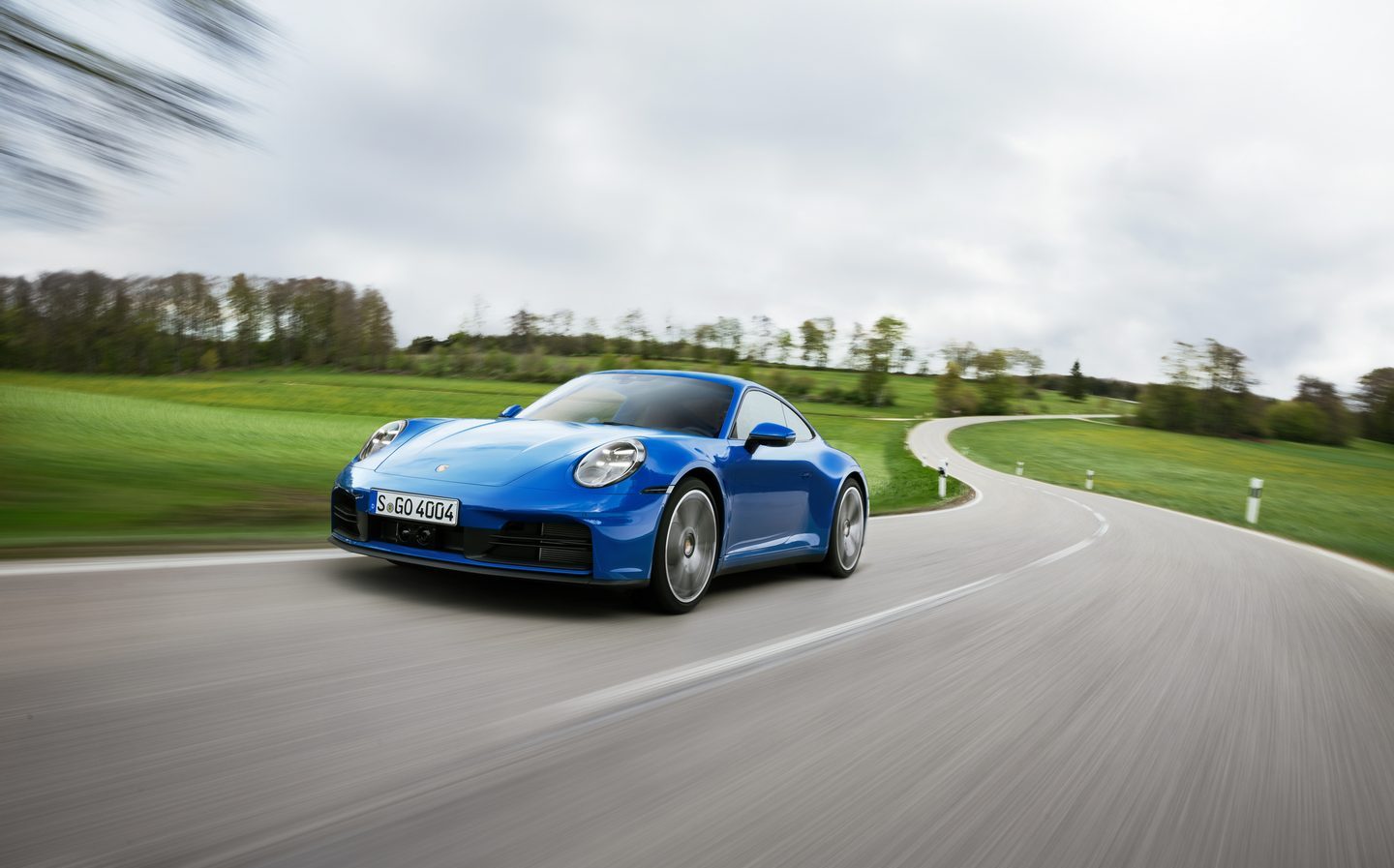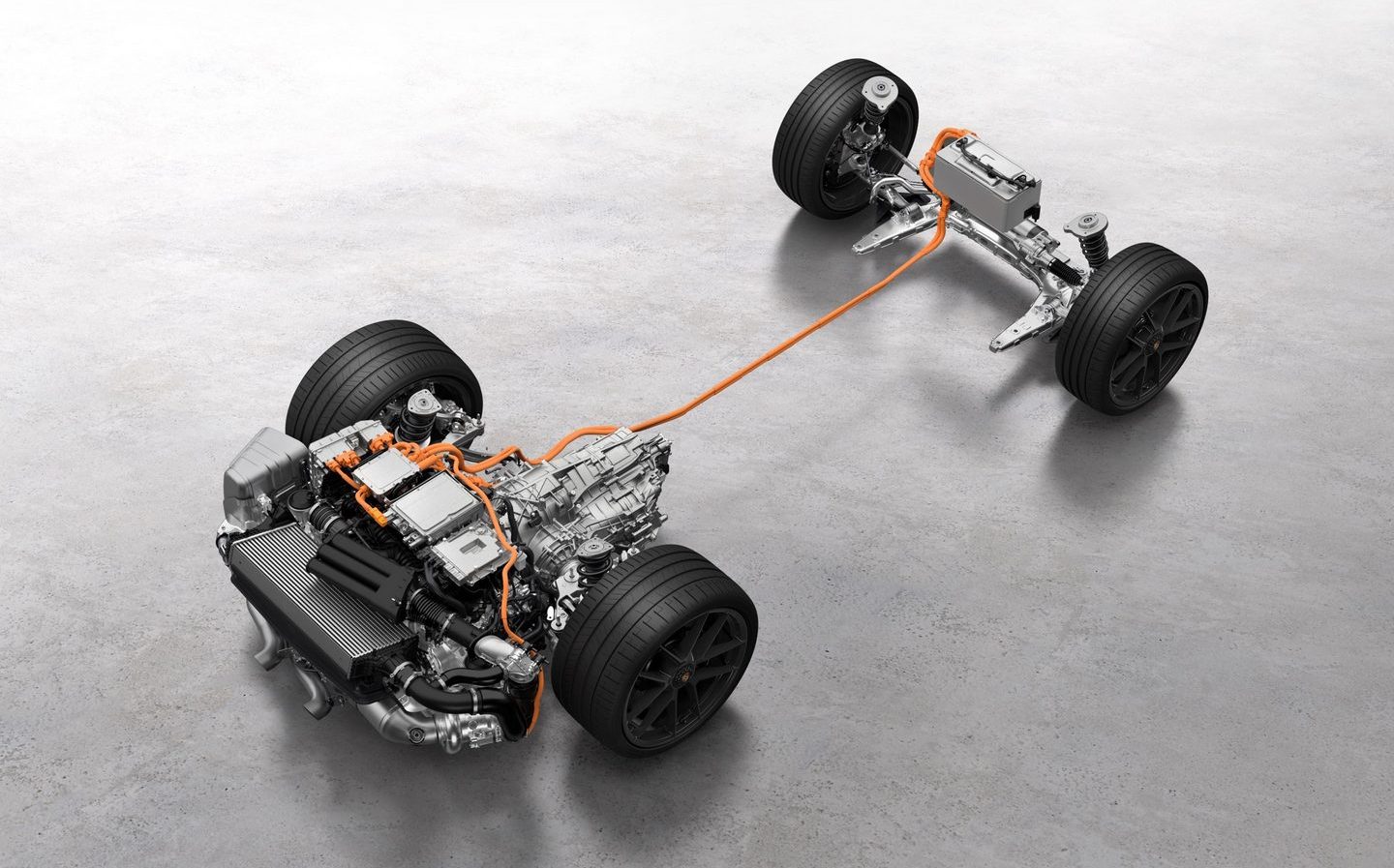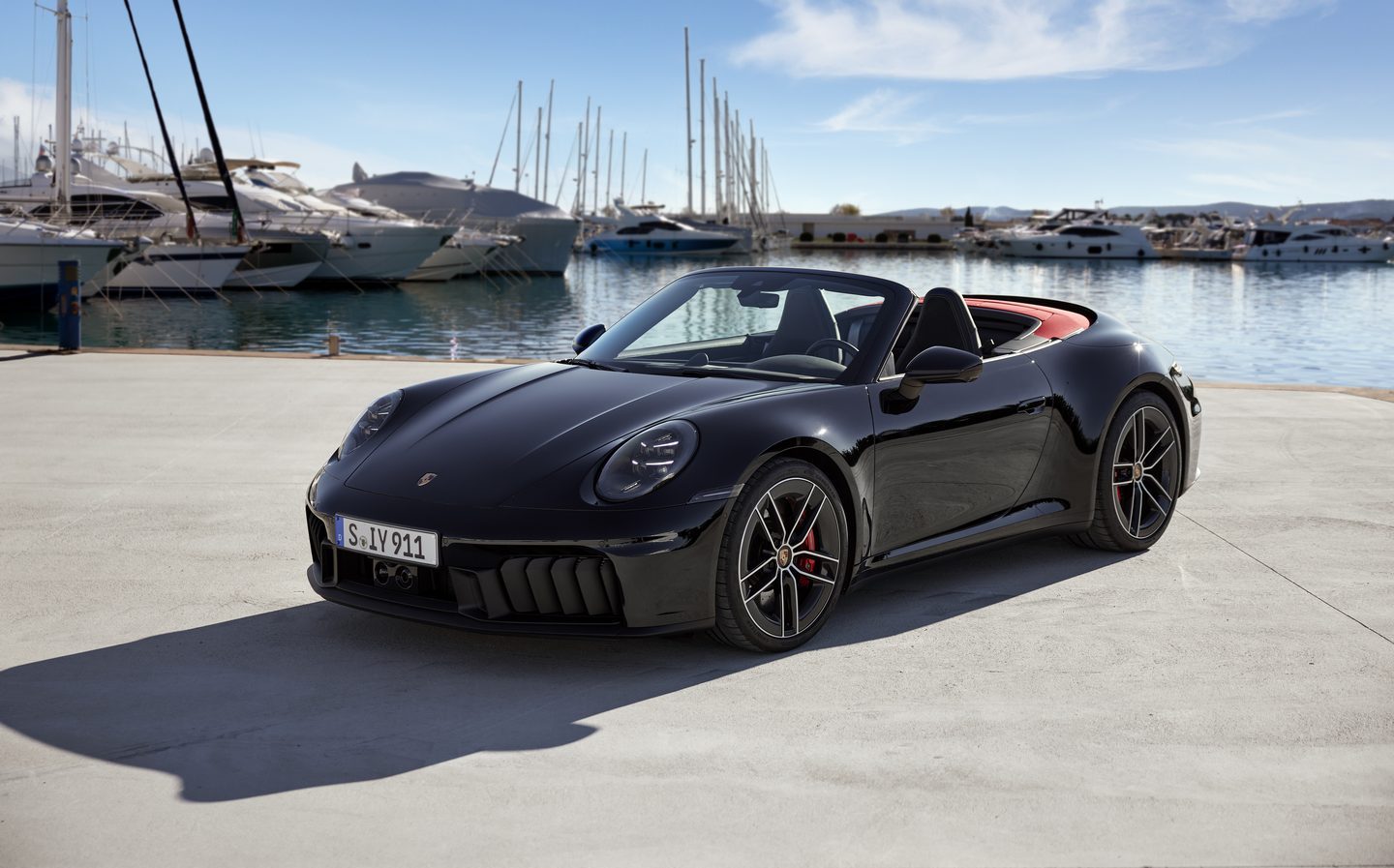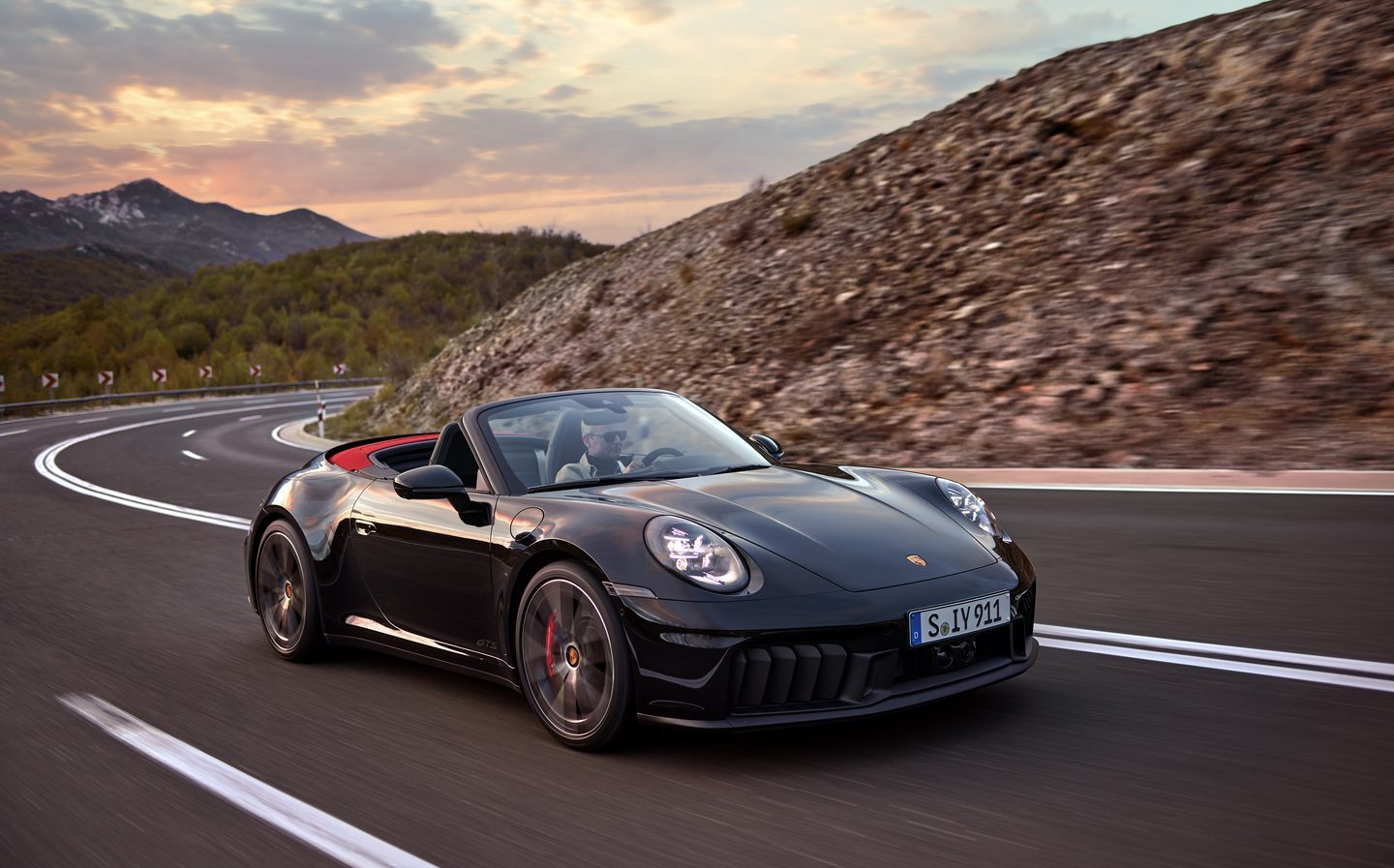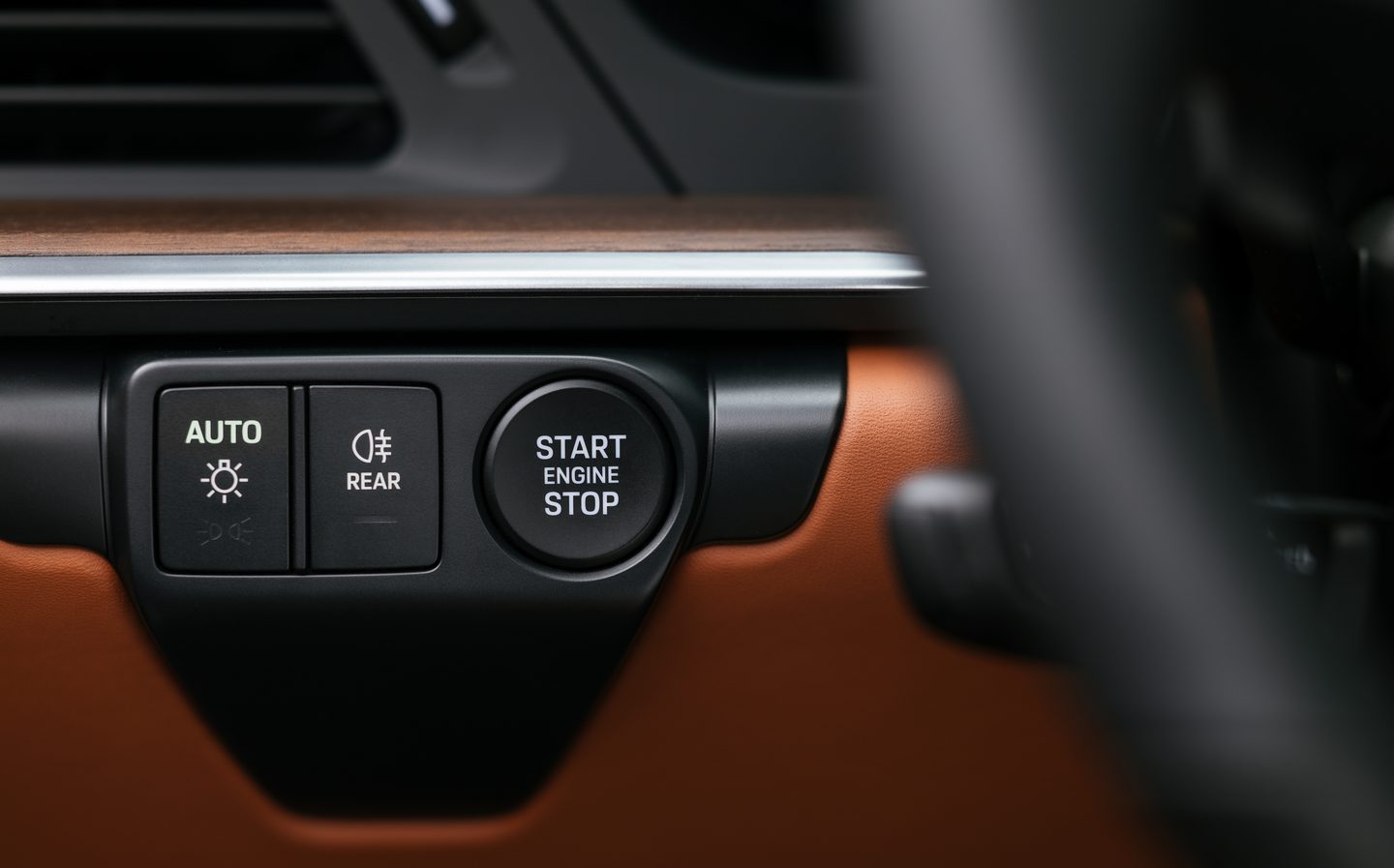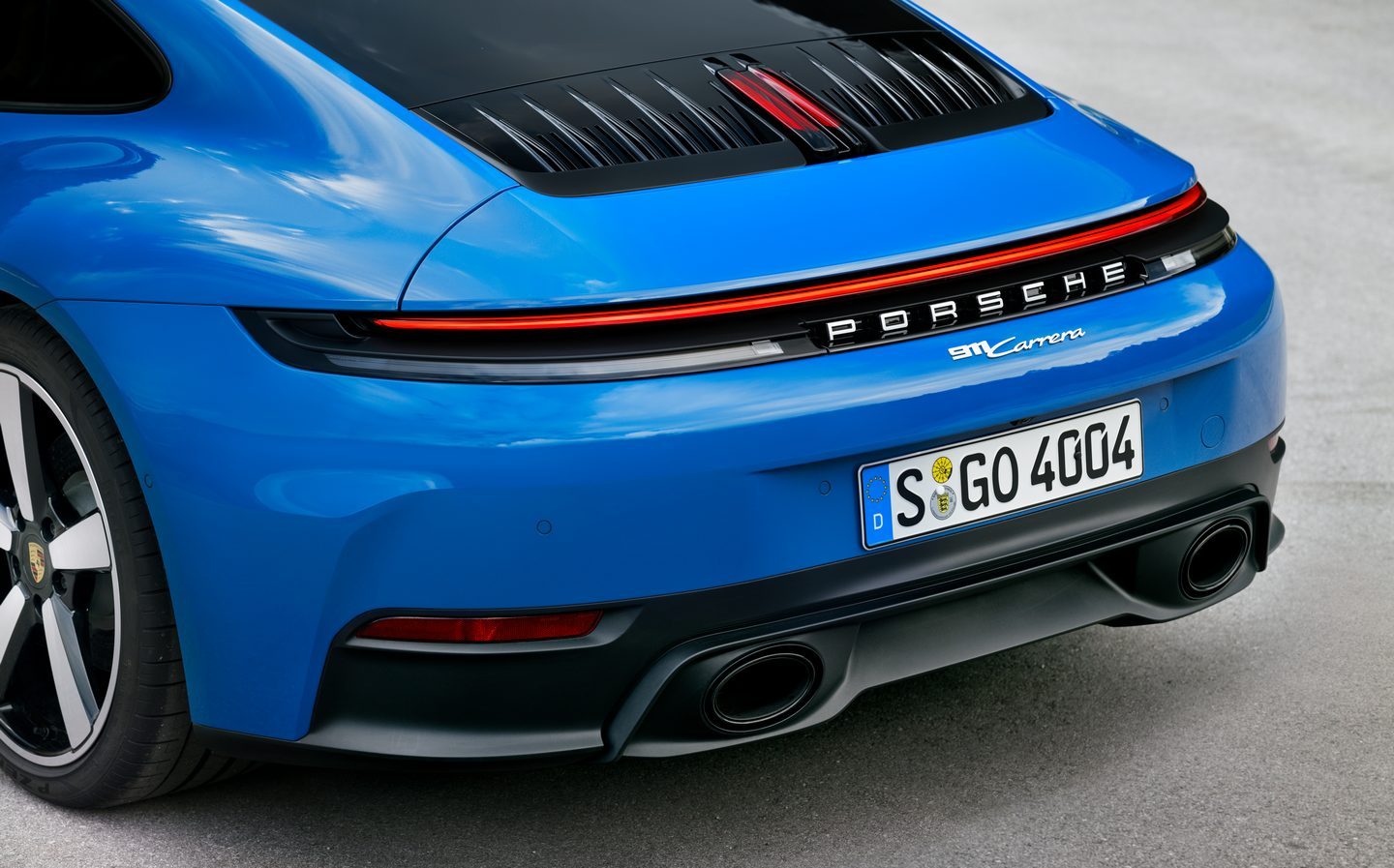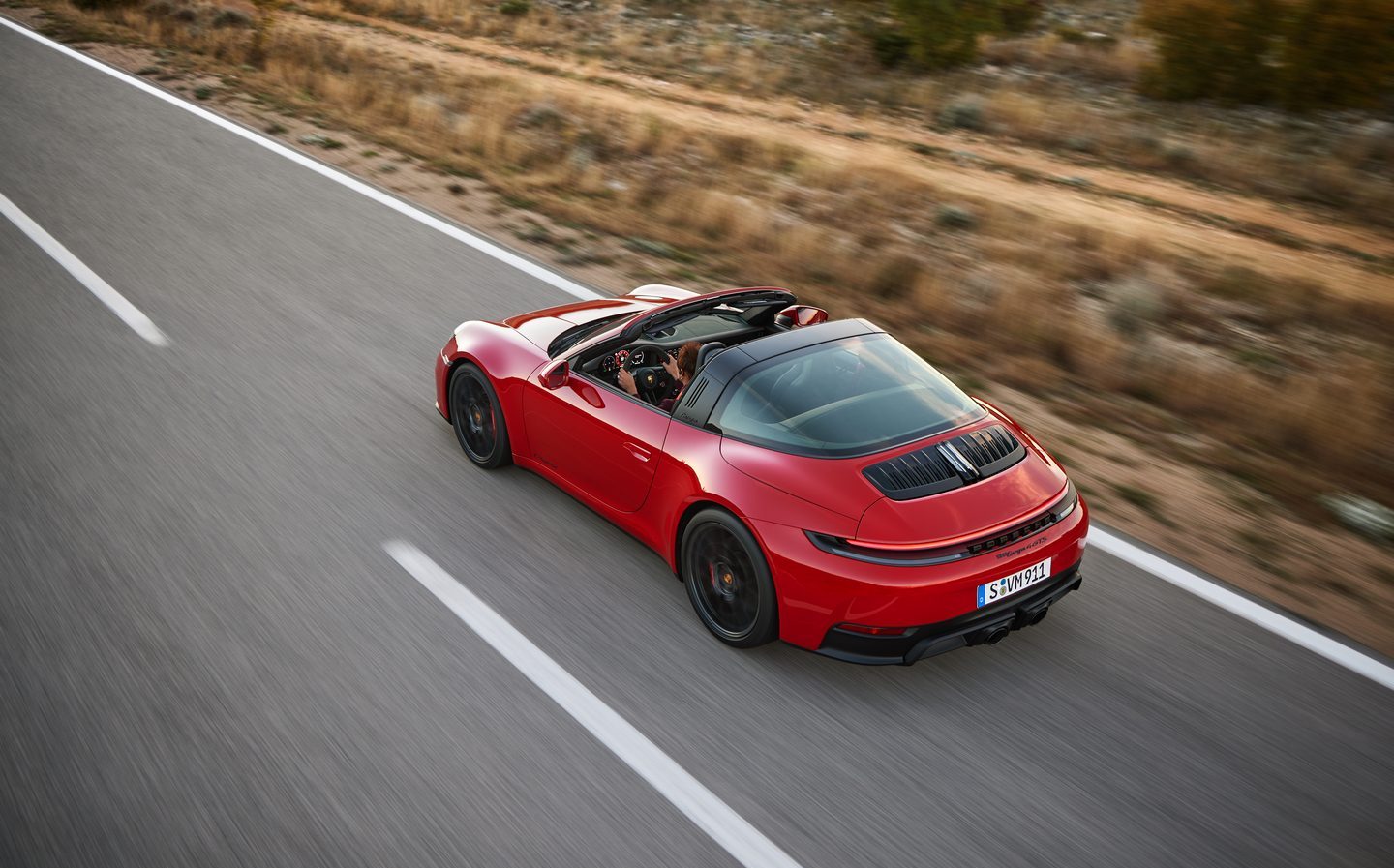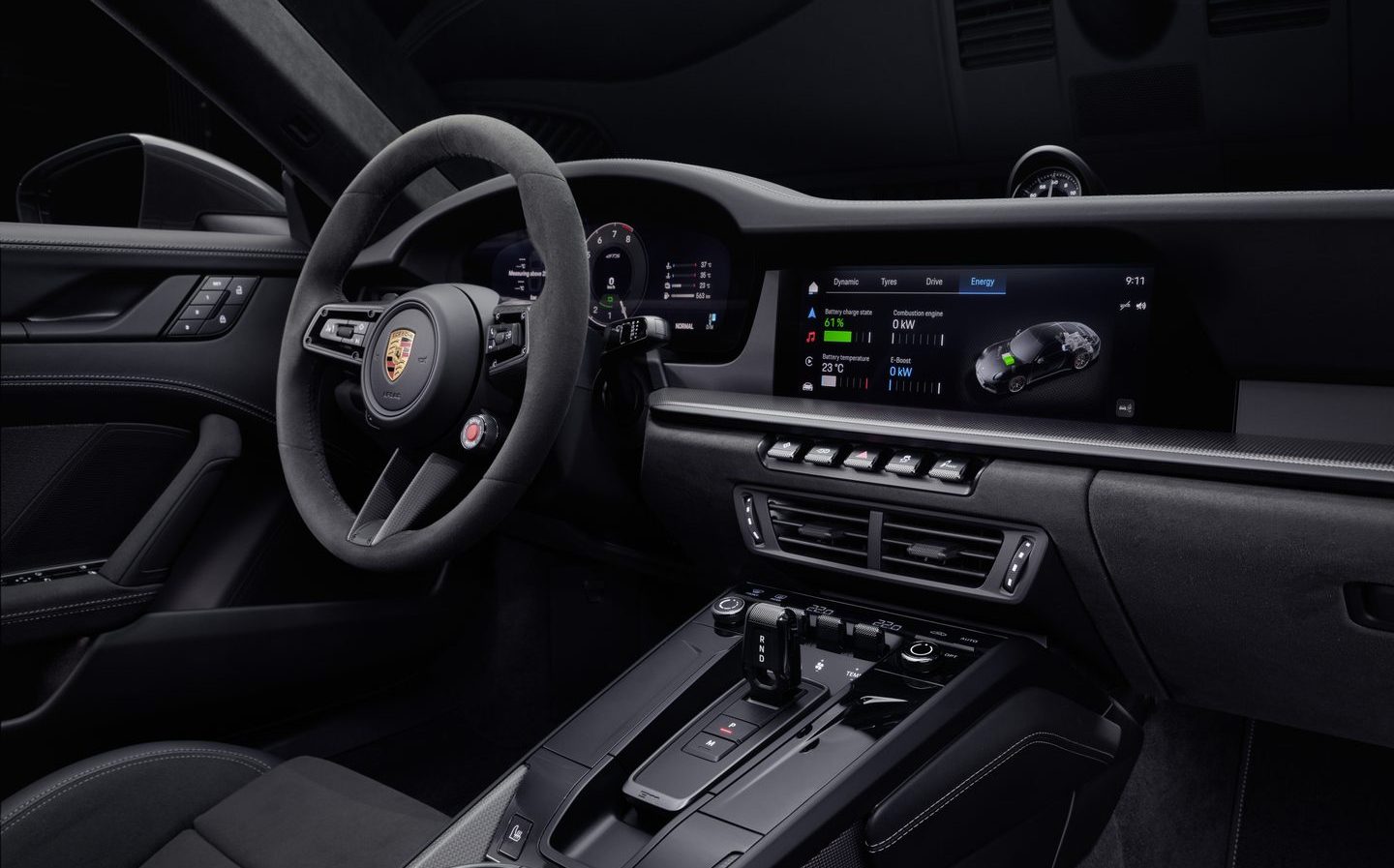The new Porsche 911 is here… and gains hybrid power for the first time
Only hybrid 911 so far is the 533bhp GTS
As Porsche updates and refreshes the eighth generation of its 911 sports car, called the “992”, the biggest headline is that this is the first time in the 60-year history of the 911 that it will have a hybrid-powered version.
This pioneering petrol-electric step in the 911’s legend will wear the hallowed GTS badge, previously used on sportier mid-range derivatives of the rear-engined Porsche and lends credence to the manufacturer’s claim that this is a “performance hybrid”, not one focused solely on reducing emissions and fuel consumption.
Frank Moser, vice-president of the 718 and 911 model lines, addressed the potentially controversial hybrid 992 subject by saying it incorporates knowledge gained from Porsche’s motor sport activities, adding: “We developed and tested a wide variety of ideas and approaches to arrive at the hybrid system that would suit the 911 perfectly.
“The result is a unique drive that fits into the overall concept of the 911 and significantly enhances its performance.”
The 911 GTS T-Hybrid, to give the car its full name, gains a significant power hike over the pure-petrol model it replaces in the 992 lineage, and it will be joined at launch by a revised version of the base-spec 911 Carrera, itself the recipient of new looks, interior technology and a modest increase in output.
Bigger engine for petrol-electric 911
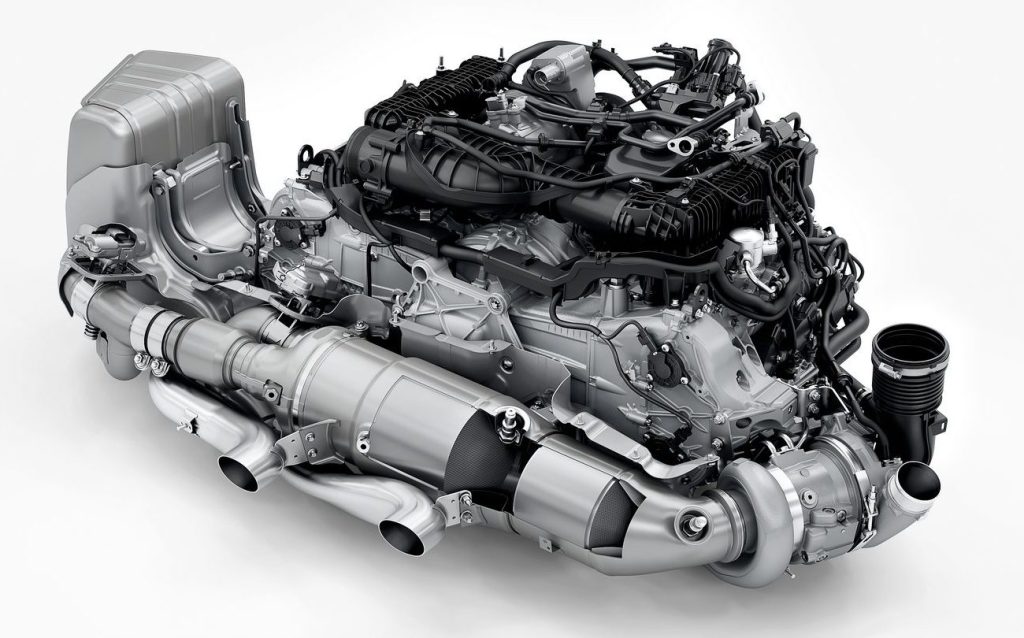
Where the 911 GTS previously used a derivation of the 3-litre twin-turbocharged flat-six petrol engine that saw service in every 992 below the level of the serious speed merchants such as the GT3 and the Turbo, the new GTS T-Hybrid has a freshly developed 3.6-litre six-cylinder boxer engine.
To this, Porsche adds a small electric motor between the compressor and the turbine wheel of the solitary turbocharger fitted to this engine, while there is a more potent electric motor in the eight-speed dual-clutch transmission that can add another 54bhp and 111lb ft to the overall mix, connected to a small (1.9kWh) 400-volt lithium-ion battery pack. This is mounted up front next to the 12v battery that supplies the non-powertrain electrical systems.
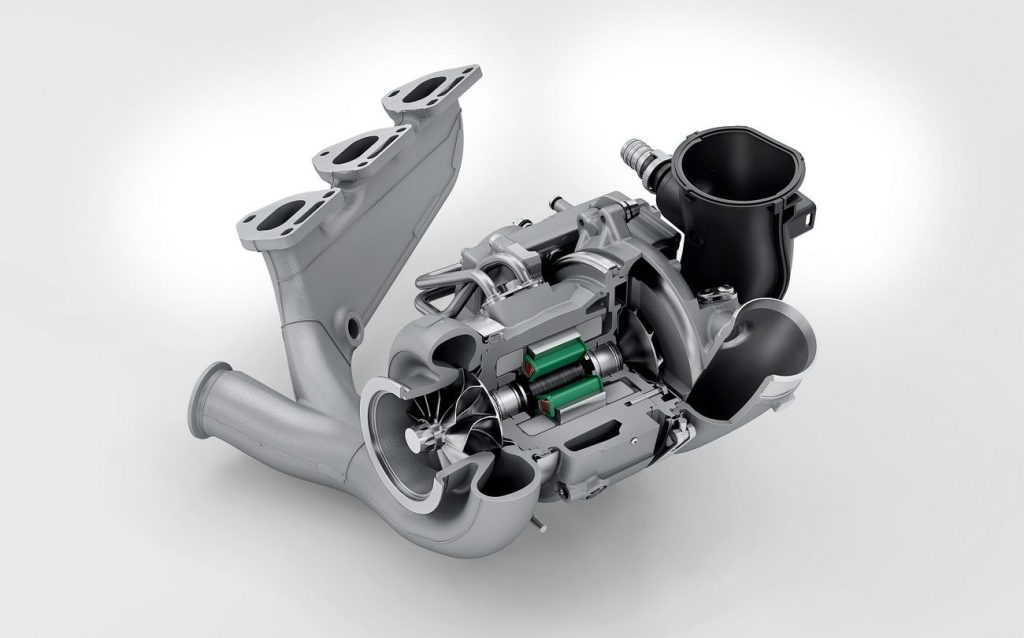
Hybrid for performance
The hybrid-assisted 3.6-litre drivetrain delivers maximum combined outputs of 533bhp and 450lb ft of torque (twisting force), up from 473bhp (+60bhp) and 421lb ft (+29lb ft) previously.

That sees the 0-62mph time of the GTS tumble by half-a-second to a flat three seconds, while the top speed is up 2mph to 194mph.
Porsche claims the electric drivetrain compents only add 50kg to the kerb weight of the 911 GTS T-Hybrid, compared to its immediate predecessor.
Alongside the headline-grabbing GTS hybrid, the other updated 911 model from the off will be the Carrera, which is “entry level” only in relative terms to this sports car’s range of models.
It retains the 3-litre twin-turbo flat-six it had before, but Porsche says it has been “comprehensively revamped” for the facelifted car — primarily from the fitment of the turbochargers from the old GTS, as well as the intercooler from the high-output Turbo variants.
While the peak torque remains pegged at 332lb ft, there has been a nominal increase in the Carrera’s peak power to 389bhp, a hike of 9bhp from its predecessor.
That might not sound much, but it’s enough to see this as the first Carrera in the 911’s history that can achieve a sub-four-second 0-62mph sprint, depending on options.
Better aero, additional tech
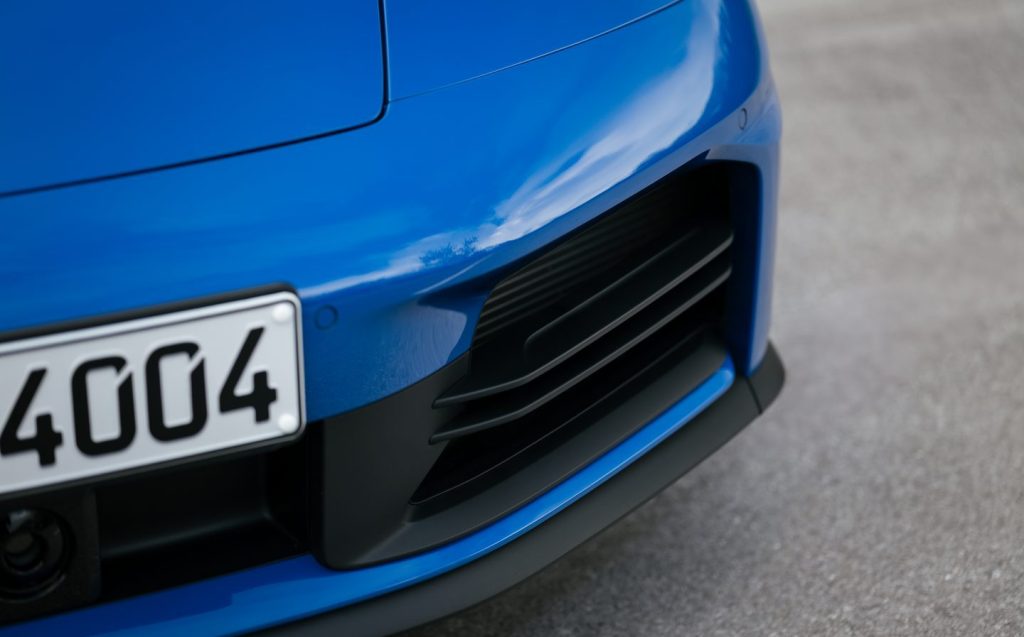
Alongside the changes to the powertrains of the initial two updated 911s, which dedicated Porsche fans will now refer to as “992.2” cars, the German company claims it has improved the aerodynamics and revised the suspension of its time-honoured classic.
All models gain rear-axle steering as standard, which both improves high-speed stability and reduces the low-speed turning circle.
For the GTS T-Hybrid, its 400-volt electrical architecture means it can have the active anti-roll system known as Porsche Dynamic Chassis Control (PDCC) from the factory, which teams up with its 10mm-lower sports suspension with Porsche Active Suspension Management (PASM) variable dampers.
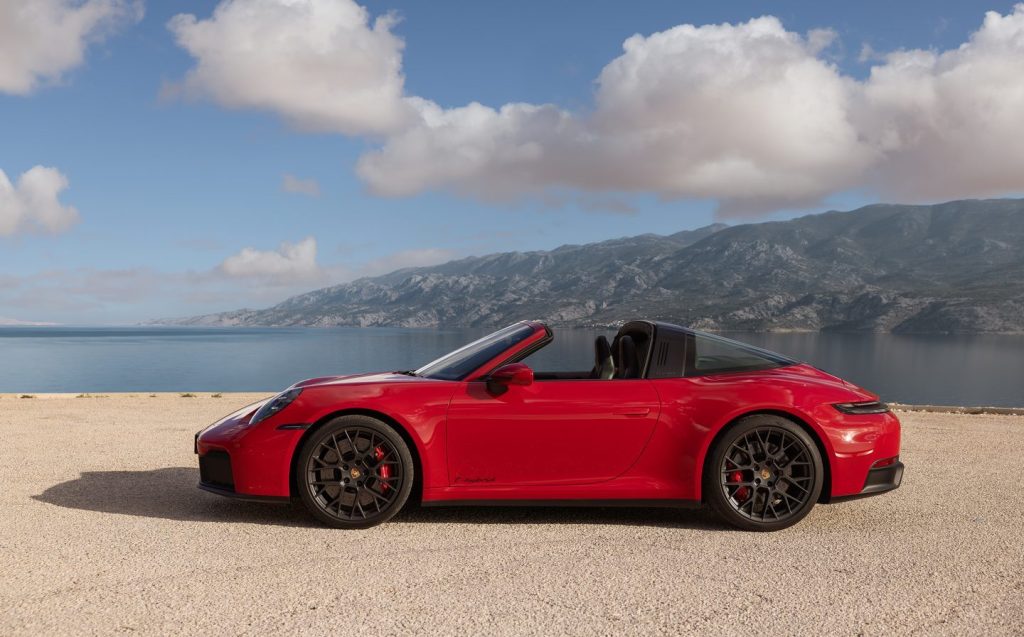
Alloy wheel designs number seven in total, with a mismatch on all cars (as before) meaning these 911s either run 19in front and 20in rear rims or 20in and 21in items.
On the Carrera, Exclusive Design alloys come with carbon blades that reduce aerodynamic drag, while the GTS now rolls on colossal 315mm-wide rear tyres around its 21in wheels.
The modest but noticeable visual tweaks also further help the 911’s aerodynamic cause.
More than 32,000 LEDs
On all variants, the separate light bars that used to sit in the front bumper have now all been incorporated into one-piece LED headlamp units, which gives the nose a neater, less cluttered look.
That switch also allows for larger cooling vents in the front of the car in which to channel air to vital components.
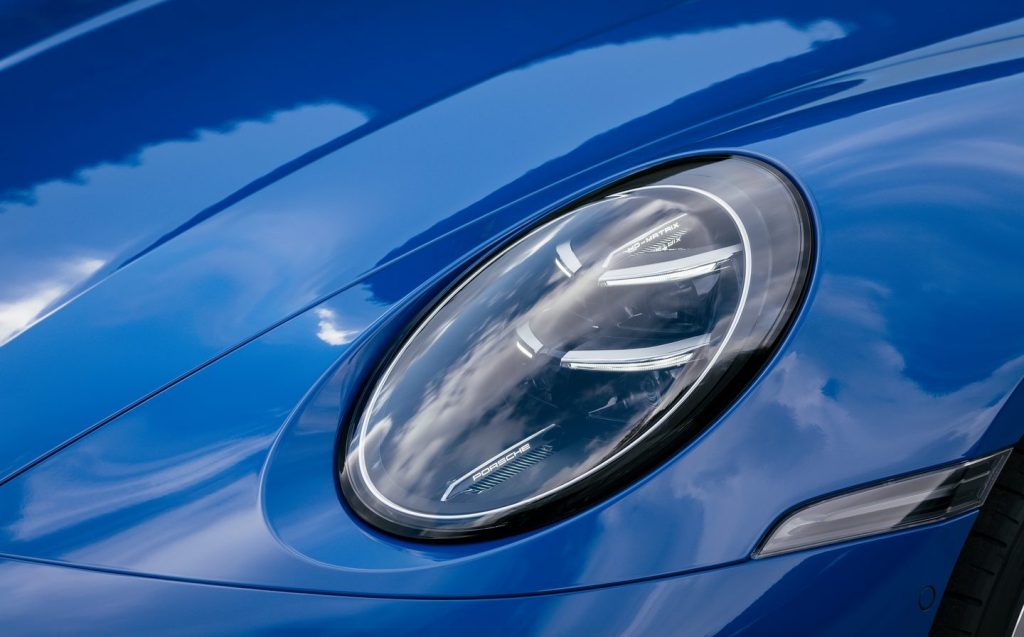
The 911 GTS T-Hybrid is marked out here over the Carrera, as it has five vertically arranged active air flaps in its bumper, while there are also active diffusers beneath in the underbody.
Optional HD Matrix LED headlights, meanwhile, come with more than 32,000 LEDs that can illuminate the road ahead at night by more than 600 metres.
At the rear, there’s a redesigned light strip with an integrated arc and a new Porsche logo, along with an upper grille with five fins per side that blends the rear screen into the retractable spoiler.
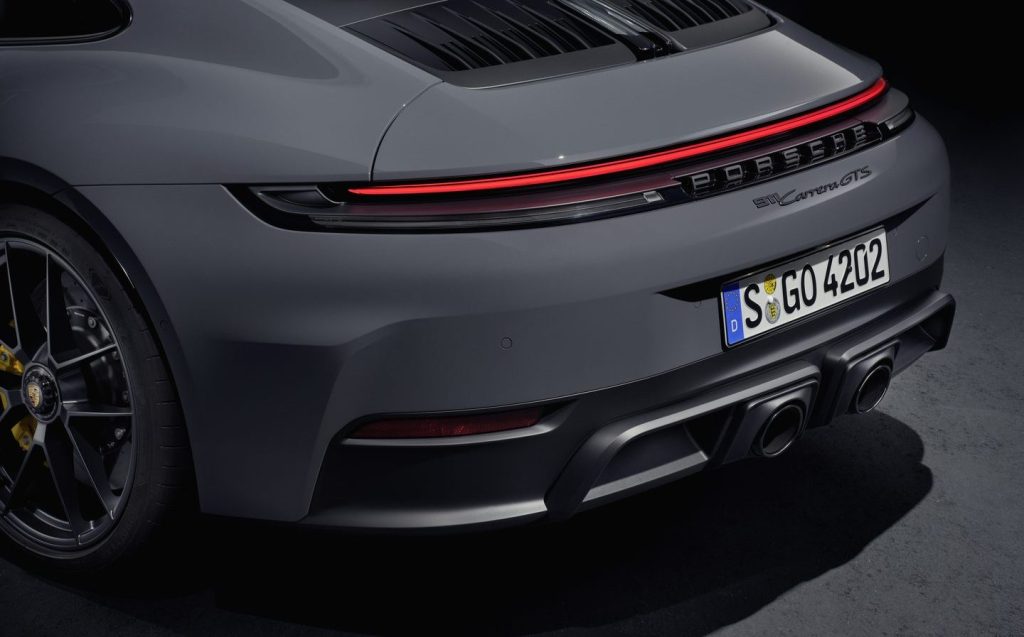
The GTS gains another identifying visual at the back, in the form of its sports exhaust system with two central exits in a new diffuser design.
Four-seat capability is no-cost option
Inside, the 992.2 Coupé now comes as a two-seater as standard. There is still the option of having a 2+2 seating arrangement if you want, at no extra cost, but buyers have to specify this at ordering time, otherwise the 911’s minuscule back seats will not be fitted.
Taking its inspiration from Porsche’s other three model lines that have already been overhauled in 2024 — namely, the Cayenne SUV, Taycan electric vehicle and Panamera sports saloon — the 911 now has a 12.6in digital instrument cluster.
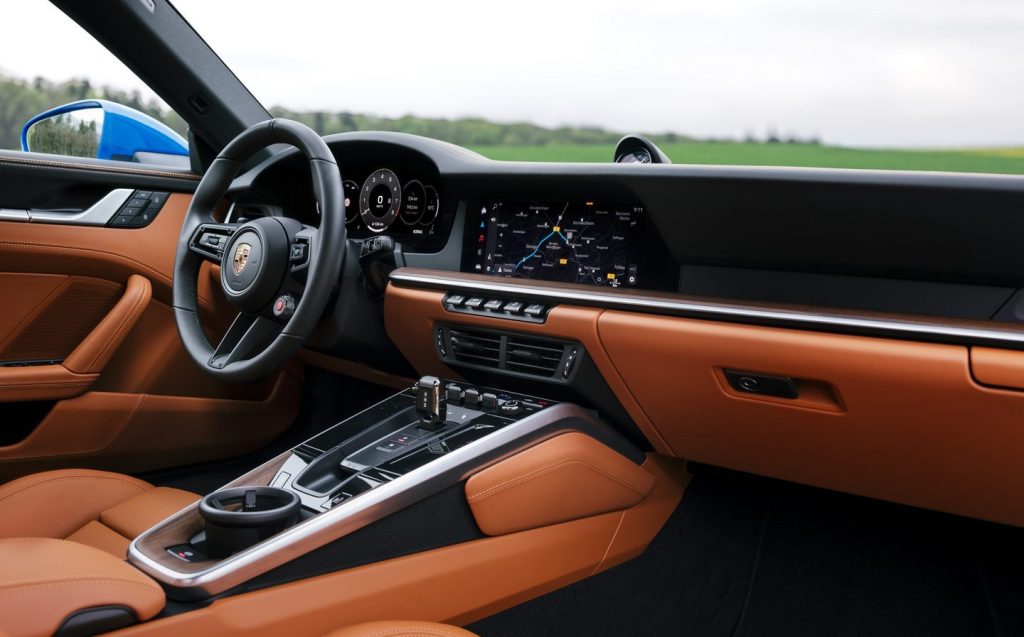
This allows for seven different configurable views for the driver, bringing a new level of personalisation to the dials of the 911.
The updated cars retain the excellent 10.9in Porsche Communication Management infotainment system in the centre of the dash, although a new feature in the 911’s cabin is the push-button starter to the side of the steering wheel.
Technophiles will also appreciate the across-the-board inclusion of a wireless smartphone charging pad in the centre console’s lidded storage compartment with a device-cooling function.
‘A hybrid which suits the 911 perfectly’
Porsche will launch the 992.2 range with the Coupé and Cabriolet bodystyles for the Carrera, while the GTS T-Hybrid will have the choice of the tin-top, the cabrio or the attractive Targa open-roofed model.
There’s the option of all-wheel drive on the GTS, giving it “GTS 4” badging, but this is the standard drivetrain if you want the Targa (still following?), while you can have the GTS Cabriolet in rear-wheel drive, the fancier open-topped 911 is a GTS 4 only.

Prices will start from £99,800 for the 911 Coupé, while the GTS hybrid will kick off at £132,600.
Both models of the revised 911 range are available to order now, with first deliveries of the Carrera in late summer; GTS buyers will have to wait until the end of 2024 before getting their cars, however.
Related articles
- If you found news on the updated Porsche 911 interesting, you might like to read a review of the updated Porsche Taycan
- You might also like to read our review of the BMW M3 Touring
- Or read our review of the new electric Porsche Macan
Latest articles
- Aston Martin Valkyrie AMR-LMH hypercar hits track ahead of 2025 Le Mans challenge
- Porsche has begun testing the electric Cayenne
- Cupra Leon 272 eHybrid 2024 review: Bigger battery, better tech … but is it a Cupra?
- Porsche 911 GTS 2024 review: Hybrid heresy or more Stuttgart genius?
- Extended test: 2023 Vauxhall Astra Sports Tourer GS PHEV
- Ford Capri revival has faced a lot of flak… but are buyers put off? Here’s what visitors to the Festival of Speed had to say
- F1 2024 calendar and race reports: What time the next grand prix starts and what happened in the previous rounds
- ‘No timeframe’ for how long Volvo’s returning estate cars will be on sale in UK
- Kia Picanto 2024 review: Updates add spice to cute Korean city car


